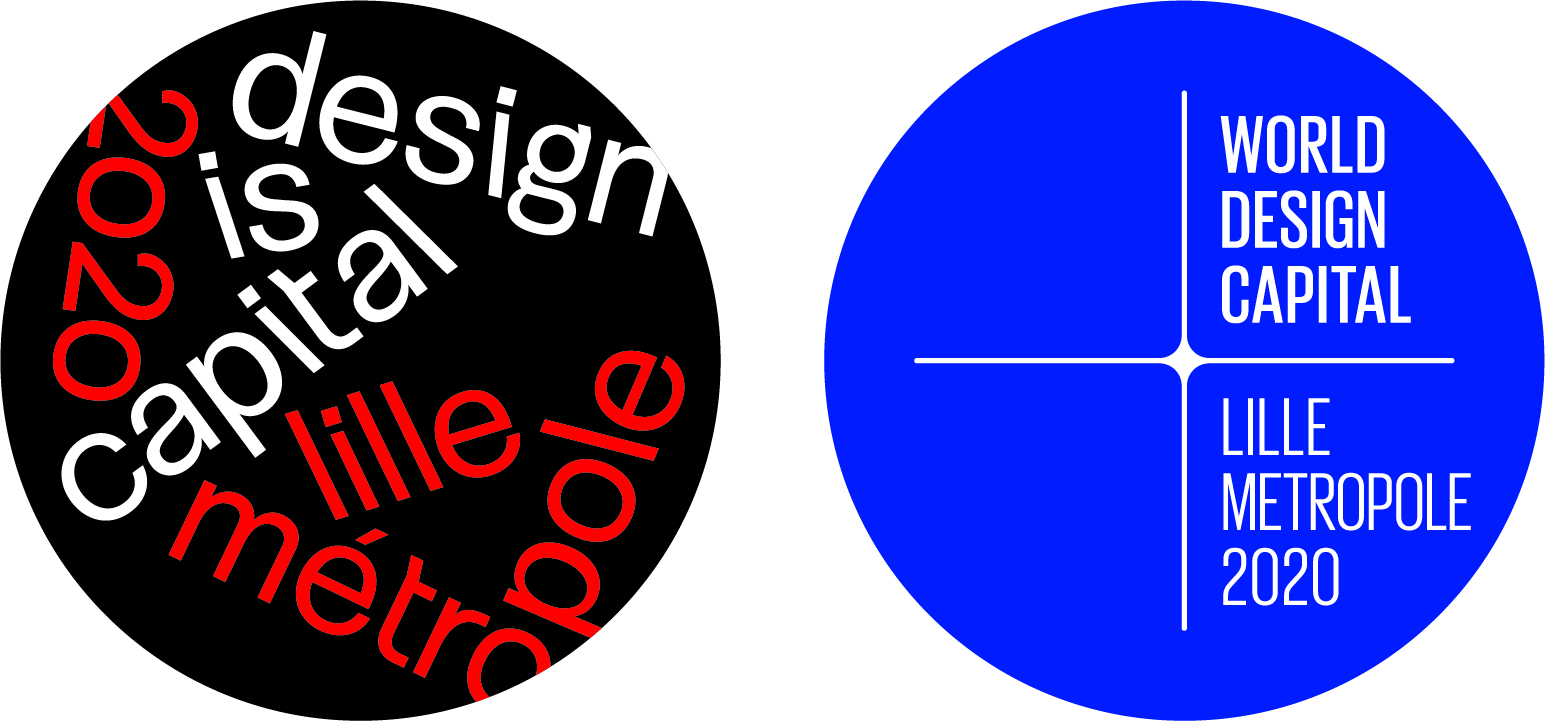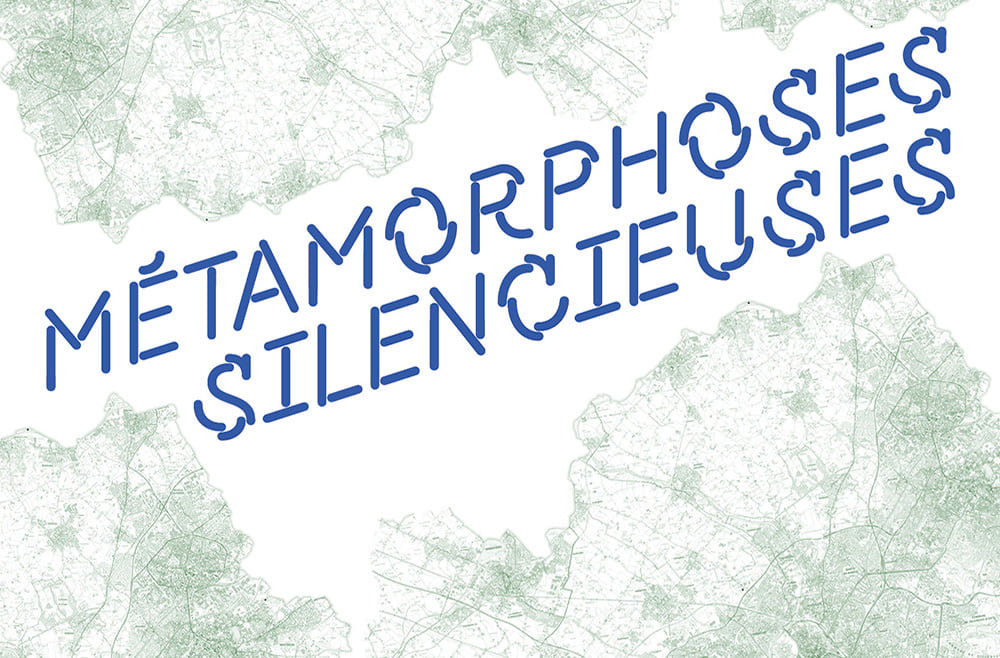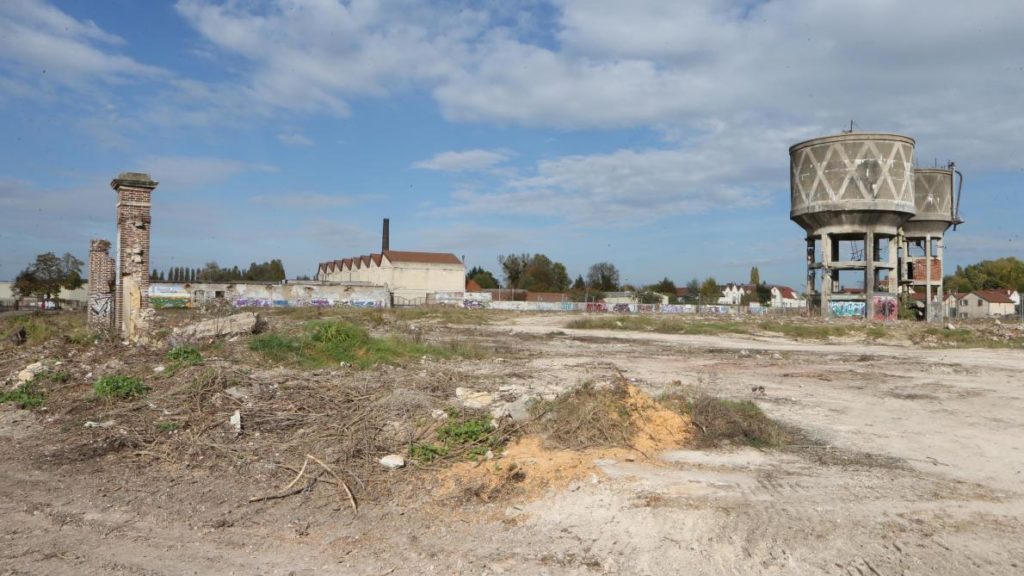POC Métamorphoses Silencieuses
What to do where there is almost nothing?
In a prolific and fertile environment, vegetation establishes itself quite quickly, taking advantage of all the available resources and giving beautiful fruits. In a less favourable, neglected, arid or cold environment, the needs are more demanding, requiring more work, carefulness, encounters and exchange …
Cold spots
What is true for vegetation is also true for territorial development: the project Silent Metamorphoses seeks to identify hidden spots, on the margins of major development projects in European cities, and explores how to promote their autonomy and transition through design.
The design-led exploration laboratory of EDF R&D, in collaboration with the National School of Decorative Arts, has set itself the task of carrying out some prospective work aimed at metamorphosing these “cold spots” in a gentle and sustainable way, both in environmental and social terms.
Between macro and micro collaboration
So one may ask, why is EDF doing this? France’s traditional operator has always ensured its public service mission on a national scale by collaborating widely on the energy development within territories. Underlying Silent Metamorphoses, a collaboration between macro and micro sustainable transition challenges is played out : ENSAD students went to “listen” to latent areas around Lille : how can we recreate life in an abandoned industrial site in Weppes, preserve the great outdoors of Muchaux in its natural state, restore social cohesion along the cross-border path between Wattrelos and Mouscron, revive flax cultivation around the municipalities of Wervicq-sud and Bousbecque, and, in general, how can we think in common good terms at the micro-local level?
Distributed transition
The energy sector is certainly the first to have initiated and experienced what is called “distributed production” : how does a centralised national energy company become the coordinator of a network where each household is potentially both producing and consuming energy? This experience is invaluable in tackling the question of “local autonomies” : energy autonomy (sharing, producing), food autonomy (self-production, food sovereignty) and medical autonomy (prevention, care) with a territorial resilience perspective.
- Porteur de projet/Project holder : EDF R&D
- Designers : designers intégrés / integrated designers EDF R&D, l’École Nationale Supérieure des Arts Décoratifs (Alexis Foiny, Adam Pozdro, Lily Saillant, Oscar Gougenot, Chloe Heslon,Rishabh Rishabh, Philomene Robert, Julius Fuehrer, Antoine Tour, Marianne Blanco, Kelly Eng, Marie Piplard, Sarah Hammond accompagné par / accompanied by M.De Bie, A.Bernagozzi, P.Blot, P.Renaud
- Crédit photo/Photo credit : site internet / website lest-eclair


